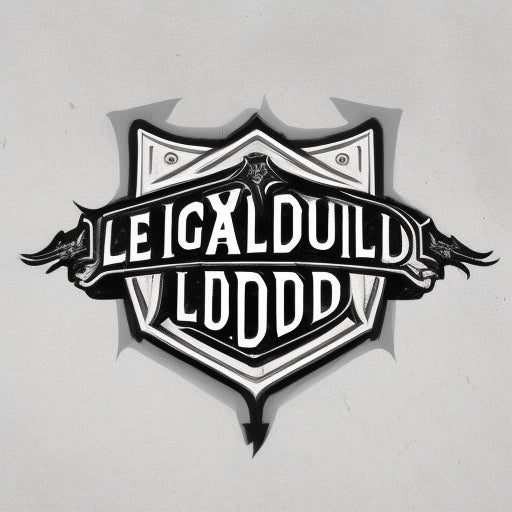
Down the rabbit hole
Share
The double-slit experiment is a fascinating and mind-bending concept in quantum physics that has caused a paradigm shift in our understanding of reality. It involves a photon or tiny particle of light being fired at a screen with two narrow slits in it. Beyond the screen is another screen where the photon's impact is recorded.
The strange thing that happens is that when the photon is fired at the screen, it behaves like a wave passing through both slits simultaneously, and creates an interference pattern on the screen behind it. This means that the photon is behaving like a wave of energy, rather than a particle of light.
However, if the experiment is altered and the photon is observed, the interference pattern disappears and the photon behaves like a single particle passing through only one of the slits. This is known as the observer effect.
This experiment has huge implications for our understanding of reality as it challenges our traditional views of causality and determinism. It has shown us that the universe is not as objective as we once believed, and that our perception and observation can actually have an effect on physical reality.
In short, the double-slit experiment demonstrates that reality is not something that exists independently of our observation and that our perception plays a role in shaping the physical world around us. This has led to new interpretations of quantum physics, such as the Copenhagen interpretation, where the observer is seen as an integral part of the experiment and the measurement process.
Overall, the double-slit experiment is a fascinating and important concept in quantum physics that has changed our perspective on reality and challenged our preconceived notions about the nature of the universe.
The strange thing that happens is that when the photon is fired at the screen, it behaves like a wave passing through both slits simultaneously, and creates an interference pattern on the screen behind it. This means that the photon is behaving like a wave of energy, rather than a particle of light.
However, if the experiment is altered and the photon is observed, the interference pattern disappears and the photon behaves like a single particle passing through only one of the slits. This is known as the observer effect.
This experiment has huge implications for our understanding of reality as it challenges our traditional views of causality and determinism. It has shown us that the universe is not as objective as we once believed, and that our perception and observation can actually have an effect on physical reality.
In short, the double-slit experiment demonstrates that reality is not something that exists independently of our observation and that our perception plays a role in shaping the physical world around us. This has led to new interpretations of quantum physics, such as the Copenhagen interpretation, where the observer is seen as an integral part of the experiment and the measurement process.
Overall, the double-slit experiment is a fascinating and important concept in quantum physics that has changed our perspective on reality and challenged our preconceived notions about the nature of the universe.












